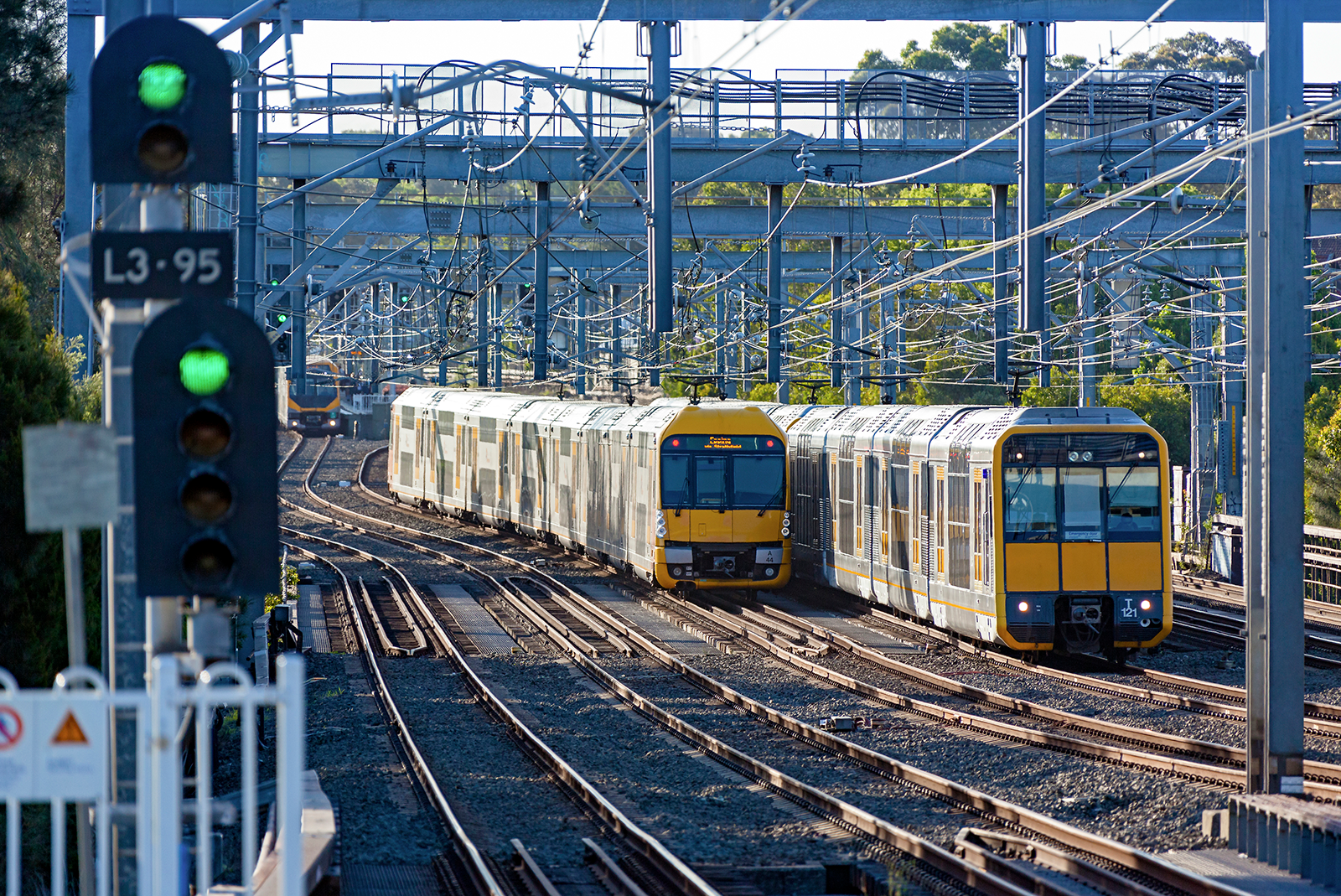Introduction to Signalling Equivalent Units

Background
Australia has embarked on the journey of an increased infrastructure spend, particularly throughout Victoria and New South Wales, with over a decade of work currently in the pipeline for the rail sector in these states. These forecast projects all include a significant, increased demand for signalling renewals and new digital signalling systems that are identified as a high risk for project delivery due to resource and constraints.
The Signalling Equivalent Units (SEU) model was originally designed for the rail network in the United Kingdom, as it was conceived by Network Rail during Control Period CP3 (2005 – 2009) by modelling 11 projects across the country. This analysis demonstrated that there was an approximately linear relationship between unit cost and the volume of signalling functionality that an interlocking was required to control. It was also recognised that this approach could be used to estimate the total duration of the signalling renewal scheme along with the number of resources required to complete it. Since initial analysis occurred, it has been recognised by industry and UK’s The Office of Rail Regulation (ORR) as being an appropriate method of calculation for business planning and sustainability modelling and is updated in advance of each 5-year Control Period (CP) to reset the baseline for that CP.
What is a SEU?
The SEU method is essentially a way of simplifying the complexity of a signalling scheme in a way so that estimations, comparisons, and reporting can be undertaken at a common level. An SEU is defined as each single trackside output function controlled by the interlocking. These are represented by the some following signalling elements; every signal, every controlled point end, plungers, ground frames, signalling work associated with level crossings, and any other attributes that require a particular control function within the interlocking. Some elements that are not representative of a SEU include; axle counters, major civils, permanent way, electrification, and operational expenses as a result of possessions for works.
The Benefits of SEU in its Application
One of the key benefits of applying the SEU procedure when estimating the cost, duration, and resources required for a signalling scheme is that it doesn’t take long to generate a useful output. A competent person can generate an estimate for these key metrics in as little as a day with no more than a count spreadsheet and a signalling arrangement plan. Of course, more time is needed to factor in non-standard items that are specific to the project. However, a SEU count worksheet is typically set up to allow for non-standard items to be factored into the estimate.
The SEU process allows for the adjustment of risk as the project evolves. Contingencies that are dependent on the project timeline are implemented to the estimate outputs to cater for risks associated with nonstandard items and change. This enables the project owner to determine what the maximum cost of the scheme should be early on in the development of the scheme. This is especially useful during the procurement phase when contractors are submitting detailed designs as it enables the project owner to quickly determine if a bid is reasonable and flesh out any unnecessary extras that cause the bid to exceed the initial estimates conducted during the preliminary design phase.
Another key benefit of a SEU is its ability to have a flexible cost value depending on its application. Hence, the dollar figure attached to a SEU will be dependent on the type of work relevant to the SEU. This enables accurate estimates for signalling renewal schemes that include both greenfield and brownfield works. The number of SEUs associated with a signalling renewal scheme can also be used to estimate the overall project duration and resource allocation. Furthermore, historic data collected over the last 15 years of implementation in the UK can be used to determine how long particular project phases should take, as well as each phases respective number of resources required to complete each phase. Estimates for duration and resourcing are typically summarised in the SEU count worksheet and can be modified to include non-standard items.
From a network program perspective, the combination of all SEUs associated with planned works can provide information of overall resource and duration needs that can then provide a simple overview of an integrated programs needs versus available resources, indicating gaps and/or options for adjustment to align peaks.
Network Rail Consulting
The SEU method has been proven to be effective in the UK and has many benefits to its application to assist with Australia’s current rail infrastructure boom. One of the key benefits is its simplified approach that can be moulded to suit any rail network. Network Rail Consulting, with its offices in Melbourne, Sydney, and Brisbane, have an extensive understanding of the UK & Australian rail systems and the approach to using SEUs that can significantly benefit the delivery of Rail Infrastructure projects. For further inquiries please contact Adam Boughton via [email protected]
Kyle Howard
Graduate Engineer, Australia
Network Rail Consulting

